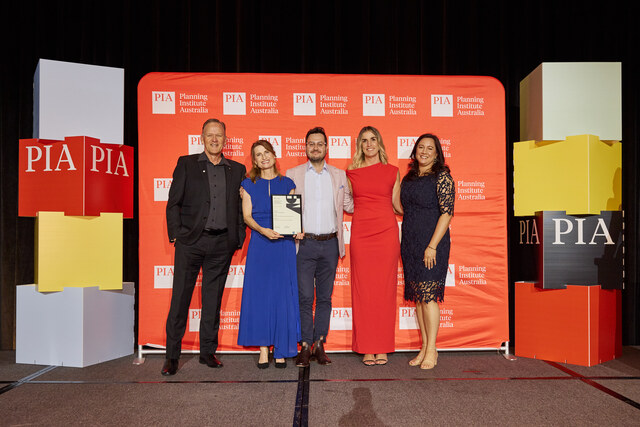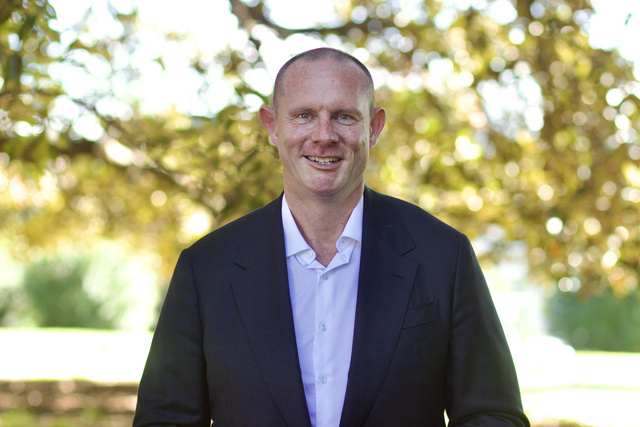By Rob Cook, Marketing Manager, TenderLink
According to a popular definition, business sustainability involves the management and coordination of environmental, social and financial demands and concerns to ensure responsible, ethical and ongoing success.
Nowhere do these three demands overlap more directly than in the procurement function, where organisations want to buy the right goods and services at the right price.
Successful procurement involves purchasing appropriate solutions which not only meet the organisation’s needs, but also comply with broader community expectations. Just look at the intense debate about coal-fired electricity: while it may be cheaper, it is clouded in so much stigma that organisations will often accept the higher cost of renewable energy sources to avoid any risk of being seen to knowingly harm the environment.
Purchases also need to meet community expectations about fairness and equity, as major brands have discovered to their chagrin when sourcing from sweat shops in the developing world.
Not least, procurement also has to demonstrate that it has secured “sustainable” pricing – not necessarily the cheapest price, but a manageable total cost of ownership, taking settlement terms, payment processing and risk management into account.
And, when all is said and done, procurement needs to be able to show that it has worked ethically, dealing transparently with all its stakeholders.
So, there are a lot of issues and responsibilities to juggle and, increasingly, organisations are turning to technology to cope with these demands.
Our e-tendering solution was initially designed to help public-purse organisations like local councils stretch their finite resources further. To this day, councils still remain our largest segment and many continue to find that an electronic approach reduces the cost, time and risk associated with manual procurement, thus assisting with their financial and community stakeholder objectives.
While the preparation and dissemination of a traditional tender request can be demanding, the evaluation process is potentially even more problematic – especially for organisations spending other people’s money.
Technology has enabled us to develop objective evaluation tools that help organisations meet their “community” obligations of fairness and equity. All tenderers receive the same information, so there can be no complaints about unfair treatment. Well-documented criteria and weightings ensure that all submissions are measured and ranked with the same yardstick and the whole process is transparent and auditable, thereby allowing councils to demonstrate their fairness. Although we’d argue that these levels of probity and transparency should apply across all industries, it is particularly important for public purse organisations whose purchases rightfully attract regular scrutiny.
And the audit trail remains valid even after the contract is awarded, as the entire process of ‘getting to contract’ can be reviewed at any time to check compliance with a range of public sector procurement guidelines and procurement best practice standards.
Procurement technology removes the risk of human error while also removing the need to spend valuable staff time on repetitive and mechanical processes that add scant value to local authorities’ key mission of community service. Purchasing professionals are freed up to focus on strategic issues rather than mundane operational aspects.
While the use of specialised technology allows procurement to directly address the social and financial demands of business sustainability, it doesn’t mean that environmental considerations are overlooked. On the contrary, local authorities with strong environmental aspirations can ensure that their standards are upheld when documenting their tender requirements. And if a supplier needs specific “green” credentials, these can be explicitly specified, weighted and scored within the evaluation toolset.
Business sustainability is not only about doing the right thing, but also about showing that you’re following the ethical, fair and responsible path. Here again, procurement technology provides organisations with full visibility of and oversight over every stage of the purchasing process – from specifying the need to communicating with the market and evaluating proposals. It, therefore, provides organisations with confidence in their procurement systems and allows them to defend any decisions which may be questioned down the track.
Scrutiny of public organisations shows no sign of easing, so it remains important to do the right thing by all stakeholders. With so much attention focused on public spending, councils need to be more confident than ever about their procurement processes, and it makes sense to use whatever tools are available to ease the burden, ensure transparency and demonstrate public interest.
Rob Cook is Marketing Manager at TenderLink (www.tenderlink.com)
*Copy supplied by TenderLink







